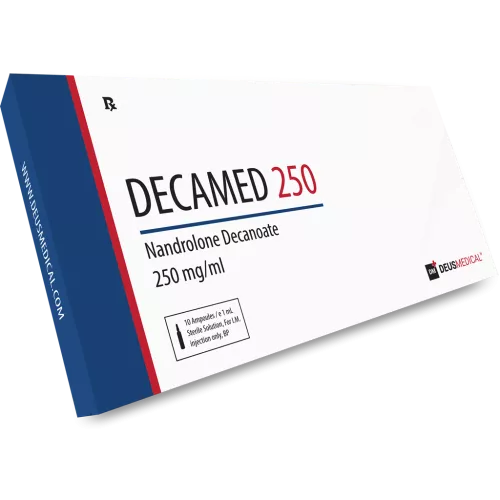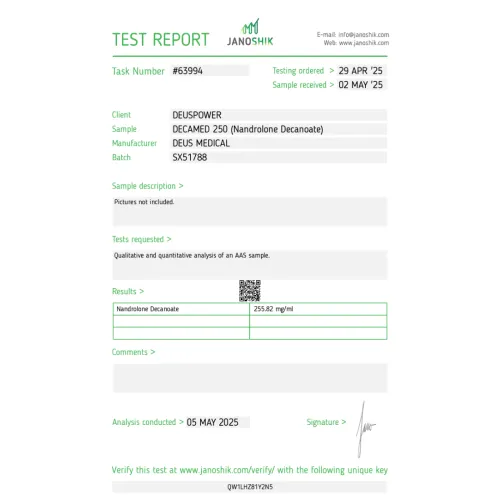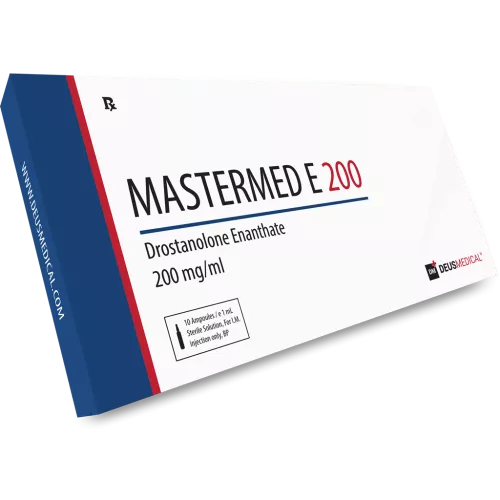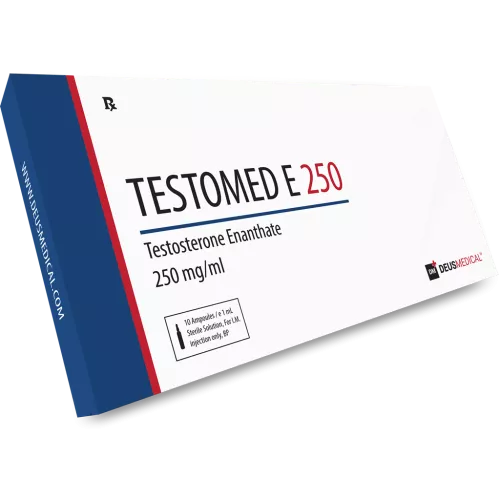07 Dec
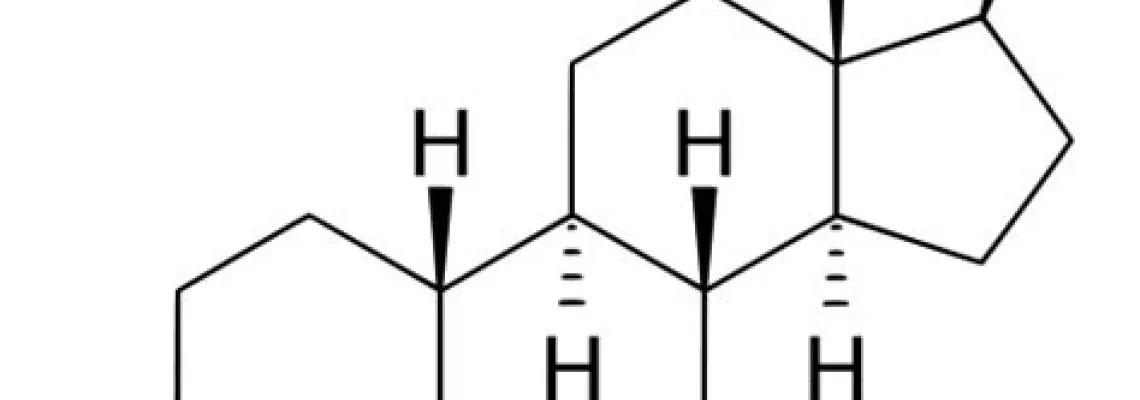

Steroids Family Tree Introduction
Table of contents:
The word “steroid” refers to the chemical structure of a class of compounds. Prefix ‘ster’ is derived from the Greek word ‘STERE’ which means a solid, and the suffix ‘oid' is derived from the word ‘EIDOS' and is commonly affixed in Greek as a suffix as ‘OIEDES', which means a three-dimensional form or shape. The types of steroids that we are dealing with are known as anabolic steroids. The word anabolic comes from the Greek word “anabole” which means to build up.
Steroids are organic compounds whose chemical structure is composed of four cycloalkane rings that are connected. These rings are labeled as A, B, C, and D rings and are composed of at least twenty carbon atoms that are bound together, which form the ring shapes. The A, B, and C rings are cycloalkane rings known specifically as cyclohexane rings (rings that contain 6 carbon atoms). The D ring is different and is known as a cyclopentane ring (a ring that contains 5 carbon atoms).
There exist many different types of steroids, the majority of which are not connected with muscle growth, strength, or athletic performance. Even opposite, a lot of steroids, destroy and break down muscle tissue (these steroids are known as corticosteroids). Naturally occurring steroids (there are hundreds of different types of steroids and steroidal compounds in nature which exist in plants, animals, insects, and even fungi) are synthesized in cells of the different aforementioned organisms.
Many different types of steroids exist in the human body, such as Cholesterol, Cholecalciferol (Vitamin D), Estrogen, Testosterone, and Cortisol (among many others). For example, Vitamin D is known as a secosteroid, which is a steroidal molecule but contains a broken ring. Cholesterol is the basis for all other steroids produced in the human body. Also, Cholesterol serves as the base steroidal compound that the body’s cells use to synthesize all other steroids (Estrogen, Testosterone, Vitamin D, etc.).
As we already know, the word ‘steroid’ refers to the steroid nature of the compound. Anabolic-androgenic steroids are often abbreviated as AAS. The word ‘androgenic' refers to the masculinizing effects, and is derived from the Greek words ‘andro’ which means “male” or “masculine” and ‘genes’ which means “to produce”. Meaning that anabolic steroids are steroids that promote tissue building or tissue growth, and in this case it refers specifically to muscle tissue anabolism.
The main anabolic steroid produced in every human body is the hormone Testosterone. Being the male sex hormone it provides the male gender with the common male characteristics such as deepening of the voice, development of bodily and facial hair, and increases in muscle size and strength. Within the human body, Testosterone is the precursor hormone to Dihydrotestosterone and Nandrolone, which are two other naturally endogenously, produced anabolic steroids in the human body. All other anabolic steroids are derived from those three naturally manufactured anabolic steroids. Meaning, that hundreds of different anabolic steroids are all modified forms of Testosterone, Dihydrotestosterone, or Nandrolone. They are known as anabolic steroid analogues or derivatives. In case when the anabolic steroid is an analogue or derivative of Testosterone, it is simply Testosterone with a modification to its molecular chemical structure.
There are three types of steroids existing:
- Testosterone analogues (or Testosterone derivatives);
- Dihydrotestosterone analogues (or Dihydrotestosterone derivatives);
- Nandrolone analogues (or Nandrolone derivatives).
Without Testosterone, Dihydrotestosterone and Nandrolone wouldn’t even exist within the human body, meaning that without the existence of DHT and Nandrolone, none of their analogues and derivatives would exist. The development of an anabolic steroid derivative will often have the same properties and characteristics as its parent hormone (or progenitor hormone).
That is important to understand that once an anabolic steroid is modified to create a brand new type of steroid analogue, the resulting analogue is considered now a different hormone with its unique properties and it may share characteristics with its parent hormone or have the opposite, or a differing effect.
The Main Goal of Modifying Testosterone to Create Analogues
The main goal of modifying Testosterone is to create various analogues of Testosterone that could exhibit different effects on the human body that may be more productive in the treatment of a certain condition or disease than Testosterone itself. Another goal could be the development of a more convenient anabolic steroid for various individuals in different age groups (children or elderly patients), gender categories, or for patients suffering from such debilitations and diseases where Testosterone itself may worsen the medical condition of the patient.
The process started during anabolic steroid boom in the 1950s – 1980s. The quest was to develop an anabolic steroid that could be considered ‘perfect’ in the sense that it would provide the user with all of the benefits of the anabolic effects but without undesirable estrogenic or androgenic side effects. The main idea of such development and use of different analogues is that the discovery of the ideal anabolic steroid analogue which exhibits a stronger anabolic effect than Testosterone itself. Such ideal anabolic steroid would also provide the athlete with less negative effects while exhibiting more of the positive ones. Sometimes the use of Testosterone or various other anabolic steroids is not advisable due to various attributes they may have that could worsen the results in specific athletic activities. For example, Testosterone tends to promote water retention through its ability to be aromatized into Estrogen via the aromatase enzyme. While such an effect might be beneficial for a strength athlete or a powerlifter, this is not the desired effect for athletes involved in sports that involve speed and swiftness, for example sprinting.
The Importance of Using Testosterone as a Reference Point
It is crucial to understand that Testosterone is utilized as the measuring stick and all other anabolic steroids are measured against it, referenced with it, and compared to it. Upon understanding this, that is easy to observe how a particular given anabolic steroid possesses an anabolic strength that might be several times stronger (or weaker) than Testosterone (Testosterone’s anabolic and androgenic ratings are both respectively 100). The importance of the anabolic and androgenic strength ratings of 100 is paramount to understanding the different strengths of the various types of steroids.
Testosterone Derivatives
All anabolic steroids could be considered as derivatives or analogues of Testosterone, but there are several direct derivatives of Testosterone that exist. Derivatives of Testosterone will possess and exhibit the same properties as Testosterone itself, and this can present both advantages and disadvantages.
First officially created Testosterone analog was Methandrostenolone (Dbol), which was followed by Boldenone (Equipoise). The general characteristics of Testosterone derivatives are very similar its parent hormone: they all exhibit the ability to aromatize into Estrogen and they all exhibit the ability to interact with the 5-alpha-reductase (5AR) enzyme to become reduced to a stronger androgen. Even though they do not reduce into Dihydrotestosterone as Testosterone does, they still can interact with the 5AR enzyme and reduce to their own respective individual stronger androgens (Dianabol will reduce into Dihydromethandrostenolone and Boldenone will reduce into Dihydroboldenone). Anyway, the reduction of these analogs into their stronger androgenic metabolites is different from Testosterone because they are reduced into very small trace amounts (usually the result of the structural modifications allowing these anabolic steroid analogs to possess a lesser affinity to bind to the 5AR enzyme).
Dihydrotestosterone Derivatives
Dihydrotestosterone analogues are different types of steroids that are derived from Dihydrotestosterone. These anabolic steroids use Dihydrotestosterone as the base template for the modifications to the core Dihydrotestosterone chemical structure.
The majority of anabolic steroids are Dihydrotestosterone derivatives and belong to the family of DHT-derivatives (such as Winstrol, Anavar, Primobolan, Masteron, and several others). Dihydrotestosterone is a very unique anabolic steroid because it holds absolutely no activity within muscle tissue, which is a very interesting and unusual fact. All anabolic steroids from the family of DHT-derivative contain modifications to their chemical structures that grant them significant activity and effectiveness within muscle tissue, where unmodified DHT would never survive metabolism. This is so because Dihydrotestosterone, once it enters muscle tissue, is instantly deactivated and metabolized into two ineffective hormones by an enzyme. This enzyme is the 3-hydroxysteroid dehydrogenase enzyme, which is present in large quantities in muscle tissue and is the enzyme that serves to metabolize any DHT that enters muscle tissue into two inactive metabolites: 3-Alpha Androstanediol and 3-Beta Androstanediol. These two hormones which are metabolites of DHT are not anabolic whatsoever in muscle tissue. The nature of DHT being a non-anabolic steroid is because of the outside factors and has nothing to do with the properties and nature of the hormone itself. But it wouldn’t be right to refer to DHT as only an androgenic steroid as it also holds the capability to be anabolic, but is stripped of that experience as soon as it enters muscle tissue by the enzyme 3-hydroxysteroid dehydrogenase.
The typical characteristics of DHT derivatives are those of elimination of any possible interaction with the aromatase enzyme, thereby allowing all DHT derivatives to exhibit absolutely no estrogenic activity. Anadrol (Oxymetholone) is the only exception as it possesses a high degree of Estrogenic activity, but this is not because of interaction with the aromatase enzyme – it cannot interact with the aromatase enzyme. Anadrol instead exhibits unique properties because it and its metabolites can act as Estrogens themselves in various tissues in the body.
DHT derivatives will exhibit no Estrogenic activity in the body, meaning there will be no such side effects as bloating and water retention, gynecomastia, and other Estrogen-related side effects. This fact makes them the preferred choice among bodybuilders and athletes than other types of steroids. Bodybuilders utilize it for fat loss and cutting phases of dieting. DHT derivatives do not interact with the 5-alpha-reductase enzyme, which is responsible for the conversion of Testosterone to the much more androgenic Dihydrotestosterone. DHT derivatives have already been reduced, meaning there is no risk involved in these types of steroids converting to any metabolite that exhibits stronger androgenic effects.
Nandrolone Derivatives
The only existing derivative of Nandrolone is Trenbolone. Although other Nandrolone analogues have been developed, they are not popular. Trenbolone is an anabolic androgen. Being a derivative of Nandrolone means that Trenbolone is a 19-Nor anabolic compound. 19-Nor anabolics come from Nandrolone and they are created by removing the 19th carbon. Nandrolone and Trenbolone belong to a unique category of anabolic steroids known as Progestins.
Trenbolone being a Nandrolone derivative is, of course, missing the aforementioned carbon atom at the 19th position (which is, in reality, a whole methyl group) and this carbon atom is instead replaced by double-bonds between the two carbon atoms that the 19th carbon was originally bound with (this differs from Nandrolone itself where the lacking 19th carbon is simply replaced with a hydrogen atom instead of double-bonds in Trenbolone’s case). This quality makes them unique compared to other anabolics. This lack of a 19th carbon is what increases the resistance of 19-nor compounds to interact with the aromatase enzyme and therefore very resistant to any Estrogen conversion.
Trenbolone also contains modifications at carbons 19 and 11, where one hydrogen atom was removed from each carbon so that carbons 19 and 11 become double-bonded with their neighboring carbon atoms in their respective cycloalkane rings. Thanks to these additional modifications of double-bonds at carbon 19 and 11, Trenbolone has increased resistance to aromatization and is completely immune to it, meaning it is unable to interact with the aromatase enzyme. These modifications are also responsible for granting Trenbolone with the extremely high anabolic and androgenic strength ratings.
19-nor Progestational compounds exhibit various unique effects and side effects in the body, that are not seen among many other types of steroids. The study of a group of 19-nor anabolic steroids shown that they tend to exhibit a binding affinity for the Progesterone receptors in the body. Trenbolone possesses very strong binding affinity (much stronger than Nandrolone itself) for the Progesterone receptor. This is one of the reasons why Trenbolone possesses side effects that are rarely seen in other anabolic steroids that are not Progestins.
Progestogenic side effects are almost identical to Estrogenic side effects and include severe endogenous Testosterone production shutdown/suppression, gynecomastia, and water retention. There is evidence that the activity of Progestins is closely correlated with the activity of Estrogen in the body. Special attention should be paid to understand the Progestogenic properties of Nandrolone and its derivatives before start to using them. Also, research should be done on how to properly deal with the associated Progestogenic side effects in case they occur.
19-nor compounds (Nandrolone derivatives) mainly are chosen by athletes and bodybuilders for the same reasons as DHT derivatives. 19-nor compounds are either highly resistant to aromatization or do not aromatize into Estrogen at all (like Trenbolone), and therefore eliminate the Estrogen-related side effects such as water retention/bloating and gynecomastia. 19-nor compounds also do not interact with the 5AR enzyme or interact with it in very miniscule amounts (in Nandrolone’s case).
The Myth of Anabolic Steroids for Bulking and/or Cutting
There is the popular myth that there are various anabolic steroids made specifically for ‘bulking’ and/or specifically for ‘cutting’. First of all, Anabolic steroids do not directly burn fat instead they simply increase nutrient partitioning. Nutrient partitioning is defined as the effect of directing ingested nutrients, vitamins, and minerals towards muscle repair and muscle growth to a large degree – so much so that fat storage is either completely avoided or dramatically reduced.
Anabolic steroids do not possess any direct effects on fat metabolism, they do interact with androgen receptors on fat tissue to initiate lipolysis (fat breakdown), but this does not give any significant results. Some types of steroids exhibit the aforementioned extreme level of nutrient partitioning at a far greater degree than any other anabolic steroid, especially anabolic steroids such as TRENBOMED A 100 (Trenbolone Acetate). Even TESTOMED P 100 (Testosterone Propionate) does this, when an individual is engaged in their first-ever cycle of Testosterone, this results in the gaining of lean mass, and a reduction of varying degrees of body fat percentage. That is very important to remember the fact that results are 100% dependent on the individual’s nutrition and training.
Different types of steroids merely serve as a help to the efforts and hard work that the nutrition and training aspects have properly established. If the user's main goal is fat loss, then the individual’s nutrition must reflect that by either engaging in a caloric deficit or some sort of nutritional plan that supports fat loss. There are various anabolic steroids which also might exhibit effects and properties that support bulking or mass-gaining cycles, for example, such as DIANAMED 10 (Methandienone) or ANADROMED 50 (Oxymetholone), but it does not mean that they cannot be utilized for fat loss or cutting. The result depends on the individual's diet that will determine whether fat loss or muscle gain will be achieved.
Most athletes decide not to use compounds such as DIANAMED 10 (Methandienone) for fat loss. This decision is based on the fact that DIANAMED 10 (Methandienone) exhibits Estrogenic activity that results in water retention and bloating, resulting in the puffy, bloated, and soft look to the physique that is not desired during fat loss phases. That is easy to avoid this limitation with the inclusion of an aromatase inhibitor, but the main thing must be understood here: nutrition and training determine results, not the types of steroids used.

